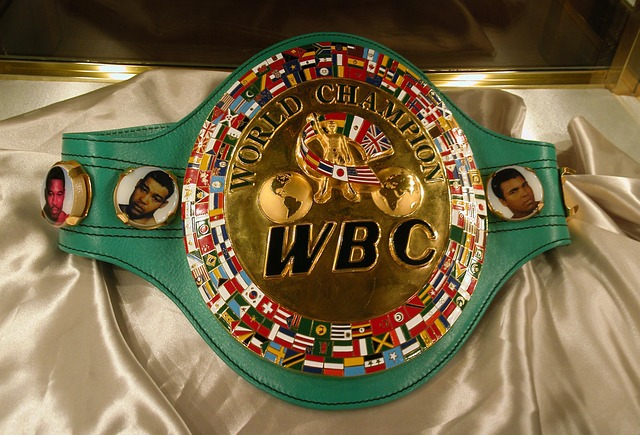
PRWORA 1996: A Dive into Welfare Reform
Ah, the Personal Responsibility and Work Opportunity Reconciliation Act of 1996, or as the cool kids call it, PRWORA. This act was a game-changer in the world of welfare reform. It aimed to transform the welfare system as we knew it, making it more about personal responsibility and less about just handing out checks. Let’s break it down in a way that even your grandma could understand (and she still thinks the internet is a series of tubes). 🧓
What’s the Big Idea?
PRWORA was all about moving people off welfare and into work. The government decided that simply providing assistance wasn’t enough; they wanted to encourage self-sufficiency. So, they introduced the Temporary Assistance for Needy Families (TANF) program, which replaced the old Aid to Families with Dependent Children (AFDC) program. Talk about a glow-up! ✨
Key Features of PRWORA
- Time Limits: Under TANF, there are time limits on how long families can receive benefits. Most states limit cash assistance to five years. Yes, you heard that right. No one wants to be on the couch watching daytime TV forever, right?
- Work Requirements: PRWORA emphasized the importance of work. States were required to have a certain percentage of recipients engaged in work activities. The idea was to get people back on their feet and into the workforce.
- Block Grants: Instead of a one-size-fits-all approach, PRWORA provided states with block grants. This meant states could tailor their programs to meet local needs, which is great unless you live in a state that thinks “tailoring” means giving everyone a pair of pants that are two sizes too big.
- Child Care Support: The act also included provisions for child care. Because let’s face it, if you’re a single parent trying to work, finding affordable child care can feel like searching for a needle in a haystack. PRWORA aimed to ease that burden.
Why It Matters
PRWORA was significant because it shifted the focus from entitlement to empowerment. It aimed to reduce out-of-wedlock pregnancies and promote family stability. The government believed that by encouraging work and personal responsibility, they could help families break the cycle of poverty. It’s like the government’s version of tough love.
Critiques and Controversies
Of course, not everyone was on board with this new approach. Critics argued that the time limits and work requirements could lead to increased poverty for some families. After all, not everyone can just waltz into a job, especially when child care and transportation are involved. It’s a bit like trying to solve a Rubik’s cube while blindfolded – not exactly easy!
Conclusion
PRWORA 1996 was a landmark piece of legislation that reshaped welfare as we know it. It aimed to encourage personal responsibility and work, but not without its share of controversies. Whether you’re a fan or a critic, there’s no denying that it sparked a conversation about how we support families in need. So, what do you think? Is tough love the way to go, or should we focus on more support? Let the debates begin!

















 Parents Just Don't Understand
Parents Just Don't Understand 
 Health
Health  Fitness
Fitness  Lifestyle
Lifestyle  Tech
Tech  Travel
Travel  Food
Food  Education
Education  Parenting
Parenting  Career & Work
Career & Work  Hobbies
Hobbies  Wellness
Wellness  Beauty
Beauty  Cars
Cars  Art
Art  Science
Science  Culture
Culture  Books
Books  Music
Music  Movies
Movies  Gaming
Gaming  Sports
Sports  Nature
Nature  Home & Garden
Home & Garden  Business & Finance
Business & Finance  Relationships
Relationships  Pets
Pets  Shopping
Shopping  Mindset & Inspiration
Mindset & Inspiration  Environment
Environment  Gadgets
Gadgets  Politics
Politics 